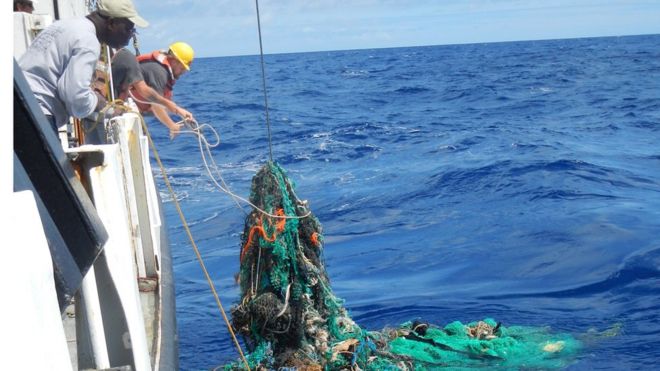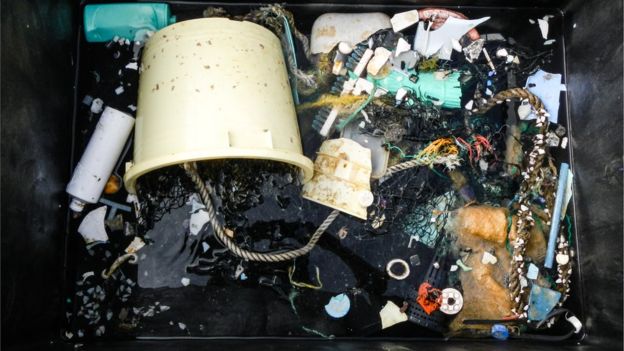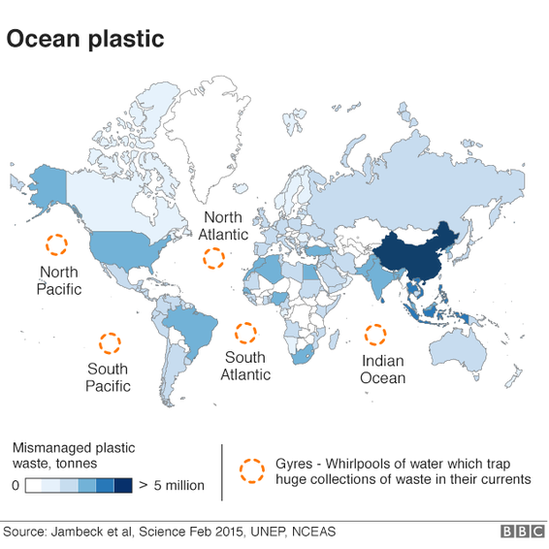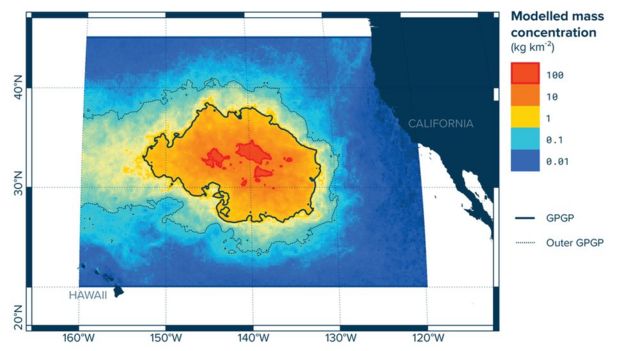Ask an expert: Philippines

123RF
Palawan often makes "world's most beautiful island" lists.
Q. I'd like to visit the Philippines but, with so many islands to choose from, am not sure where to start with planning a trip. Can you help?
A. You're quite right – with more than 7000 islands in the Philippine archipelago it can be very confusing to know which ones are the more interesting and accessible islands to visit. The following are islands proving very popular with visitors, each with their own unique charms:
Boracay is well-known among tourists and is not to be missed. Boracay has stunning white, sandy beaches, great hotels and restaurants and a wide variety of water sports for the more active.
Palawan is often in the running for the "most beautiful island in the world" title so I'm sure you can picture the scenery already. Palawan is the ultimate tropical escape with crystal clear waters, dense jungles, mountains and Puerto Princesa Subterranean River National Park, which is a must-see.
Mindoro is within easy reach of Manila and one of the top diving spots in the Philippines, which is saying something given the multitude of excellent diving locations in the country.
Bohol is famous for its "Chocolate Hills" which are actually huge conical mounds that turn brown during the summer and look like giant chocolate buttons. For the best view of this amazing landscape visit Chocolate Hills Adventure Park.
Lastly, Cebu is as energetic as Manila if you are seeking a good dose of city fever with lively bars and eateries. There are also plenty of picturesque beaches to escape to and snorkelling spots to explore after you've been on the go.
With Philippine Airlines now flying direct to Manila from Auckland it makes it even easier to access this increasingly popular country in Southeast Asia.
- Craig Hopley, Owner Operator, House of Travel St Heliers











